Which is the best home EV charger? That depends...
Here's a suprising fact for many new EV owners - the charger for a shiny new Electric Vehicle is actually inside it!The charger is not the box on the wall, but is the equipment installed inside the car that takes the AC Alternating Courant electric sourced from your regular house electric system, and converts it to DC Direct Current so your EV car’s battery pack can be charged.
The reality is that nearly everyone calls the wall-mounted box that supplies 240 volts of electricity for Electric Vehicles "the charger". That box, cord, and plug have a technical name - Electric Vehicle Service Equipment or EVSE - and if you have an EV, you’re going to want to install a good one at home.
To be clear, it’s a bit misleading to say we’re providing guidance about how to choose EV chargers because we’re really talking about is choosing and buying the best EVSE - which is essential for safely connecting an electric car to a 240-volt source of electricity.
And to be crystal clear - what became obvious as we researched this article is that electric vehicle charging station can be known by multiple names which leads to confusion, so whether you read about an EV charging station, electric recharging point, charging point, charge point, ECS (electronic charging station), or EVSE (electric vehicle supply equipment), it’s all the same thing. Our advice? Don’t scratch a hole in your head trying to find out the difference between those because there is none - apart from the terminology.
That said, there are important differences between the various EV home chargers (uh, we mean EVSEs) which we will explain below.
EV charging stations fall into 3 main categories:
EVSEs are classified into three main groups for charging Electrical Vehicles:
- Residential EV charging stations
- Public parking EV chargers
- Fast-charging public EV charging stations.
Residential charging stations obviously refer to your home EVSE, whether that is a Level 1 or Level 2 charger. Most homes already have a level 1 ‘EV charging station’ in the form of a standard 110-volt outlet on the outside wall of a house, so you should be able to use your electric car without any home modifications, but trickle charging an EV like that can take up to 48 hours to complete a full charge, so depending your needs you may wish to install a level 2 home EV charging station.
随着电动汽车越来越普遍,公共充电站也变得越来越触手可及,它们有时收费,有时免费(是的,在一些城市和地点,你会很幸运)。这可能会比高速电动汽车充电器慢,但仍然比插入你家里的110伏特插座快。
Fast-charging public charging stations are often found at rest stops along major highways and interstates, allowing EVs to make longer distance trips. The fastest EV charging stations are provided by Tesla (Tesla Superchargers), and as you would expect they don’t accommodate other makes. Tesla showed a lot of market foresight and built a network of charging stations long before there was demand, so in most areas, Tesla drivers currently enjoy quick and easy access to chargers without waiting.
Note: not to make a brand promotion, but due to the amount of high-speed charging stations and the significantly greater range of Teslas compared to many other EV models, at this point this makes Tesla the best option for long distance road trips without detours for charging or long charging delays.
How much does it cost to charge an EV?
The cost to drive an EV compared to gas cars is, in a word, cheaper. And in two words, way cheaper.Even in regions with extremely high electricity rates or peak rates, you'll still pay less to drive an electric car than a gas-powered car. if you charge mostly at home you will save more charging during off peak hours of course if you live in an area of fluctuating rates, but to give you an idea of a 'refueling' cost at a roadside EV charging station, below is the price for a tank of electricity, good luck finding a gas car you can fill for four bucks!

Choosing the best EV charging station
The easiest way to understand the output of an EV charger is to choose one based on ‘kilometers per hour’, that meets your personal needs. Meaning, how many kilometers of range you will get from a one-hour charge. For reference sake, a 110-volt wall plug will charge at a rate of about 7 Km per hour, while a roadside Tesla charging station will offer about 600 Km per hour.
A 220-volt outlet (like a dryer or stove plug) would give you about 35-40 km per hour, and the next big step-up would charge at a rate of about 80 km per hour. So the first step is choosing a charging rate that best suits you.
Level 1 EV chargers在0- 1.9千瓦之间,这是最慢的充电速度,就像标准的110伏特墙插一样。
Level 2 EV chargers: Range between 3.7 kW and 11 kW (16 A per phase). This is the standard 240-volt plug like for a dryer or a kitchen stove. They offer a quicker charge time and several wiring options (1 phase or 3 phase). They often also have the option of being connected to either a 20 amp or a 40 amp breaker.
电动汽车充电线有多长?
All vehicles can connect to 240-volt outlets using standard plugs, but cords will vary in lengthfrom one model to another. Be sure that the cord of any charger you purchase will be able to reach your car’s charging port. The cost of cable such as this is fairly pricey, so you will find that 15-foot cables are more common among the less-costly models. If that length isn’t sufficient, look for one with a 25-foot cord.
Another feature to consider is the ease with which the cord can be wound or spooled to keep it out of the way and protect it from damage when not it use.
如前所述,家用电动汽车充电器的正式名称为电动汽车服务设备(EVSE),尽管通常的术语称安装在墙上的设备为“电动汽车充电器”,但这并不是真正准确的。从技术上讲,真正的电动汽车充电器可以将交流电转换成直流电,它是内置在汽车本身的。The role of the EVSE is to provide a safe supply of electricity to your vehicle.
Portable and all-weather EV chargers:
You have an option between: hard-wired and permanently-mounted chargers, or portable unitsthat can plug into a 240-volt receptacle on an exterior wall. Though a little less ‘clean’ looking and convenient at home, there are two advantages to portable EV chargers to consider – you don’t need to pay an electrician to hook it up, and you can take it wherever you go.
并不是所有的EVSEs都是防风雨的,所以在您选择一个模型之前,确定它将位于哪里,是在您的车库,还是在外面暴露在天气下。如果你要在户外给电动汽车充电,并暴露在恶劣的天气中,你可能需要为此购买一个特定的单元,并将其安装在专业设备上,以满足当地的建筑规范。
Low-cost EV charging at home:
Even in areas with higher electricity rates, the cost of charging an electric caris still much more affordable than the cost of fuel a gas-powered car. And if you live in an area with variable power rates, you can still keep your costs down without much effort by charging at times during the day when electrical rates are low. Some smart chargers are able to be programed to only charge at off-peak hours to keep your EV fueling costs down.
EVSE charger power, what's the best choice?
Experts in the field suggest choosing an ESVE with at least 30 amps of power,并将其连接到一个至少可以处理40安培的断路器上。
一些电动汽车可以用更少的安培充电,但如果你现在购买一个更高的安培型号,你可以节省自己在未来换车时的一次充电。较低价格的2级充电器只能提供15安培,这将为您节省一笔前期费用,但它限制了您的充电能力,并需要更多的时间。
What do EVSE home chargers cost?
Of course they will vary in pricedepending on speed, cable length, programmability, Wi-Fi connectivity and warranty, but be prepared to spend in the area of $500 to $700 USD ($600-1000 CAD), and that is before the cost of installation by an electrician.
Incentives and rebates for EV home chargers
Depending on where you live, you may be eligible for provincial or state incentives and rebates for installing home EV chargers or EVSE's.There is no consistency in tax rebates and incentives from state to state or province to province, and they are subject to change quickly based on the whims of politicians, so any list we compile would likely be out of date before we could publish it but we highly recommend contacting your provincial or state government to see what programs are currently in placefor rebates for EVSEs and EV chargers where you live or do a search by clicking here if in the USAand forEVSE or EV charger rebates & incentives in Canada, click here.


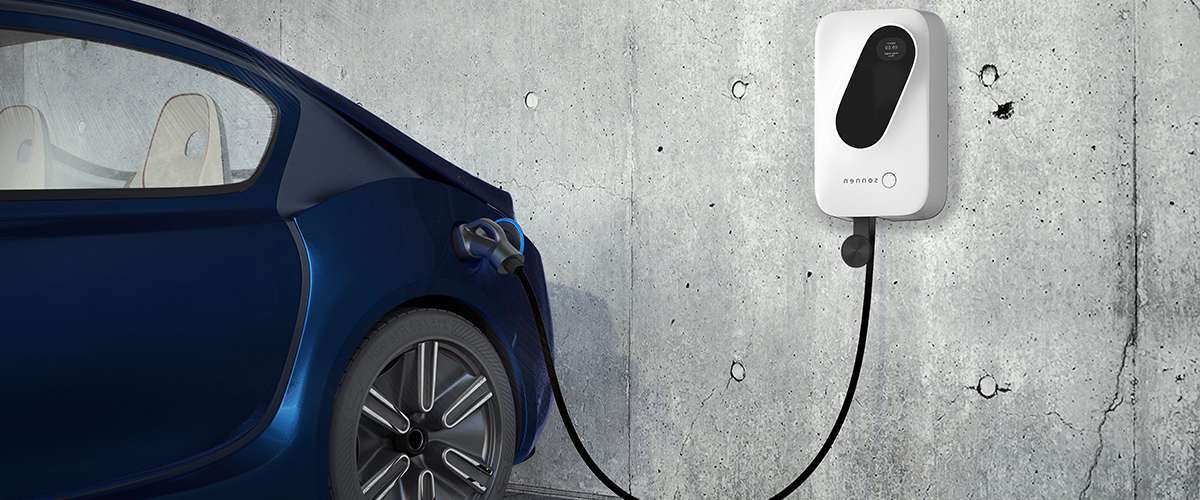















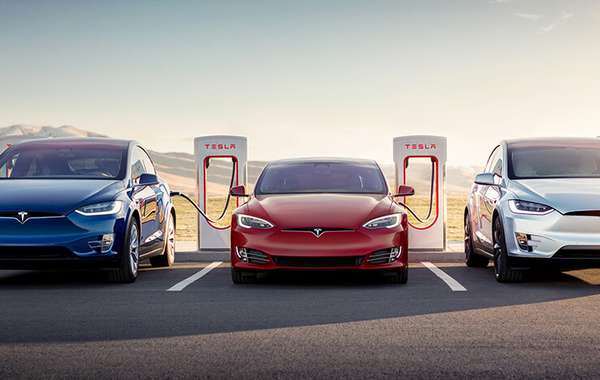
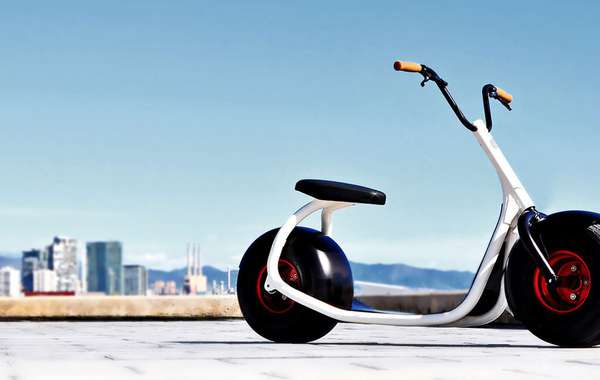
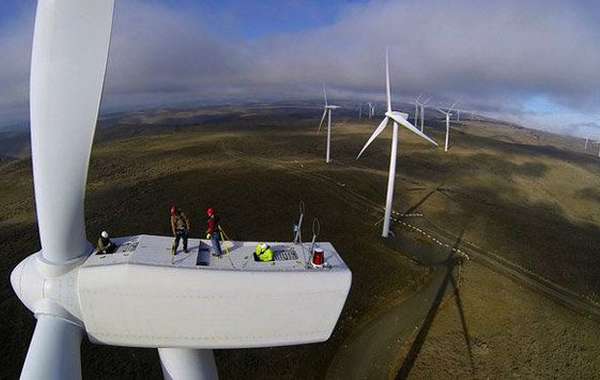
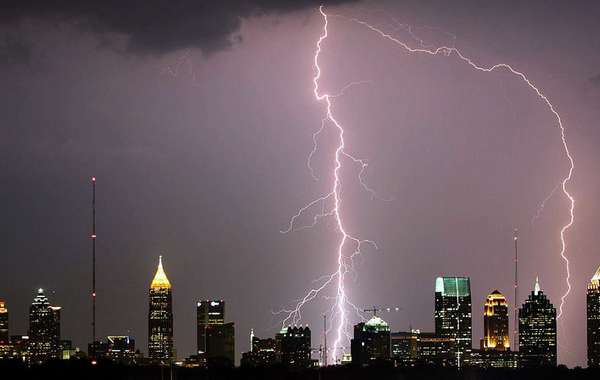
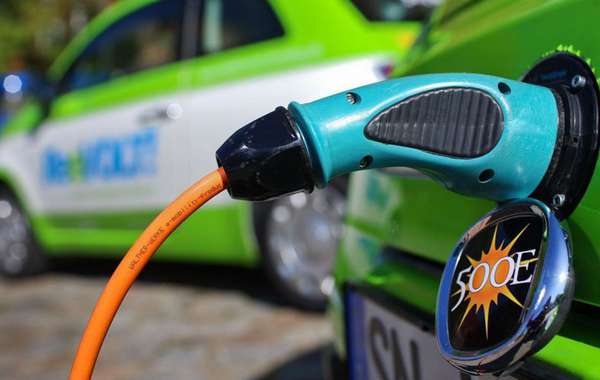

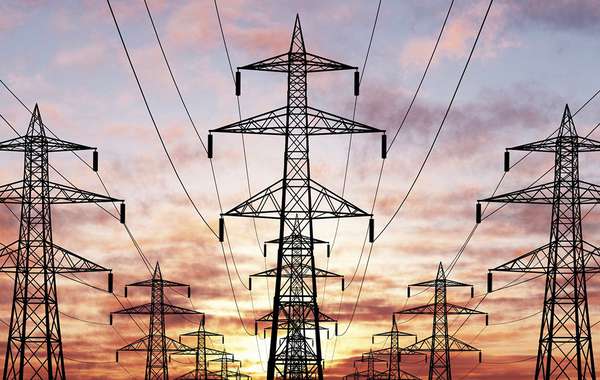


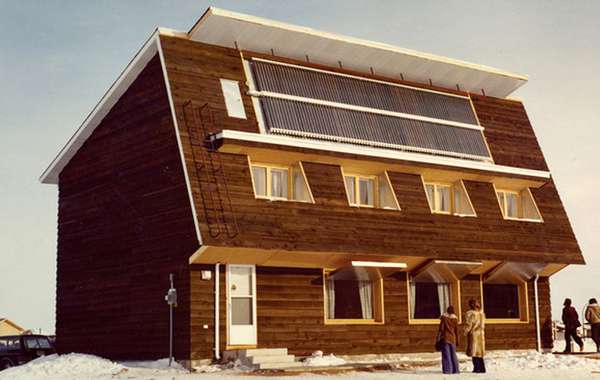
Comments (0)
Sign Up to Comment